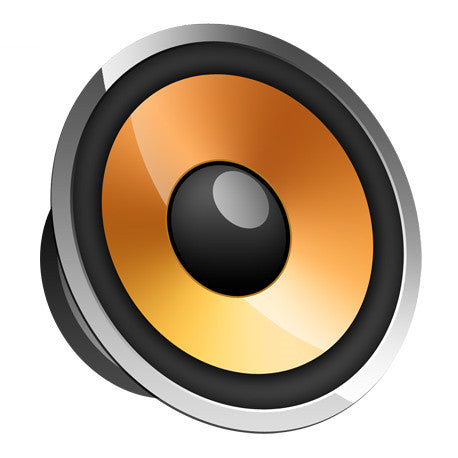Definition of stereo
In fact, the natural sound we hear in daily life is stereo. However, the stereo sound in audio technology is not natural sound, but the sound obtained through recording, transmission and playback systems. In order for the listener to get the impression of the spatial distribution of sound and produce a sense of presence and three-dimensionality, it needs to undergo some special processing to produce stereo sound.
Someone has given this definition: Stereo is a sound transmission system that uses two or more sound channels, so that the relative spatial position of the sound source felt by the listener can be close to the relative spatial position of the actual sound source. In the concert hall, the stereo sound heard by the listener is composed of three parts of sound: direct sound, reflected sound and reverb sound.
Direct sound can help people determine the orientation of the sound source; reflected sound gives a sense of space, you can feel the size of the concert hall; reverberation gives you a sense of surround, you can feel the sound surrounded in three dimensions. The reflected sound and the reverberation sound work together to form a sound environment of the on-site environment, that is, the so-called sense of presence. Good stereo should reproduce these elements.

Features of stereo
Compared with mono playback sound, stereo has some significant characteristics.
1) Have obvious sense of orientation and distribution
When playing in mono, the sound is emitted from a "point". Even if the sound source is played by a band, the listener will clearly feel that the sound is emitted from a point of the speaker. When replaying stereo in multi-channel, the listener will obviously feel that the sound sources are distributed in a wide range. Subjectively, one can imagine the position of each instrument in the band, creating a phantom of the position of the sound source, referred to as audiovisual. The sound image in the illusion reproduces the relative spatial position of the actual sound source, with obvious sense of orientation and distribution.

Bluetooth Stereo Amplifier - AIYIMA A03
2) Has a high definition
When playing in monaural, since the direction of each sound cannot be discerned, the sounds of different sound sources are mixed together, which is affected by the masking effect, which makes the listening clarity lower. While playing with a stereo system, the listener clearly feels that different sound sources come from different directions, and the masking effect between each sound source is much weakened, so it has higher clarity.
3) Has less background noise
When playing in mono, the background noise and useful sound are both emitted from the same point, so the influence of background noise is large. When playing in stereo, the reproduced noise sound image is dispersed, and the influence of background noise on the useful sound is reduced, so that the background noise of stereo sound is relatively small.
4) Has a good sense of space, surrounding and presence
The stereo system playback feels unprecedented for the sound environment of the original sound field. This is because the stereo system can transmit near-order reflected sound and reverberation better than the mono system. The reverberation sound in the concert hall is non-directional, it surrounds the audience; while the recent reflection sound is directional, but due to the Haas effect, the listener cannot feel the direction of the reflected sound, that is, to the listener it is also non-directional. In a monophonic system, the reverberation and reverberation sounds reproduced in one direction are reproduced; in a stereo system, the reverberation and reverberation sounds can be reproduced to make the listener feel the original sound field. The sound environment has a good sense of space, surrounding and presence.

Amplifier Stereo Board - AIYIMA A2D859 - TPA3116D2
Focus on Audio




Leave a comment
This site is protected by hCaptcha and the hCaptcha Privacy Policy and Terms of Service apply.